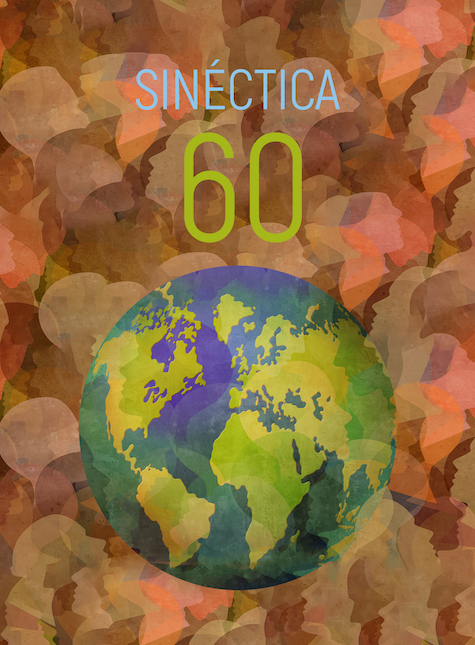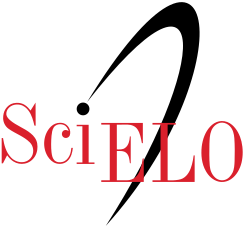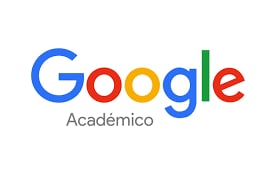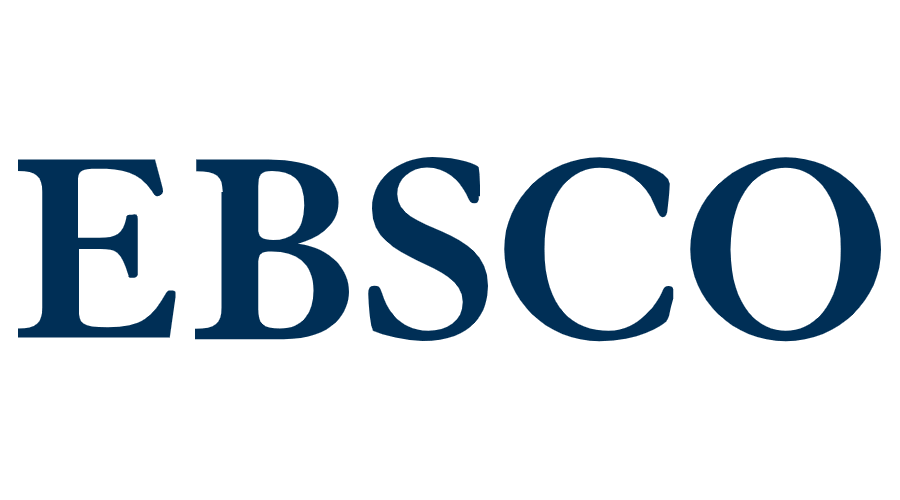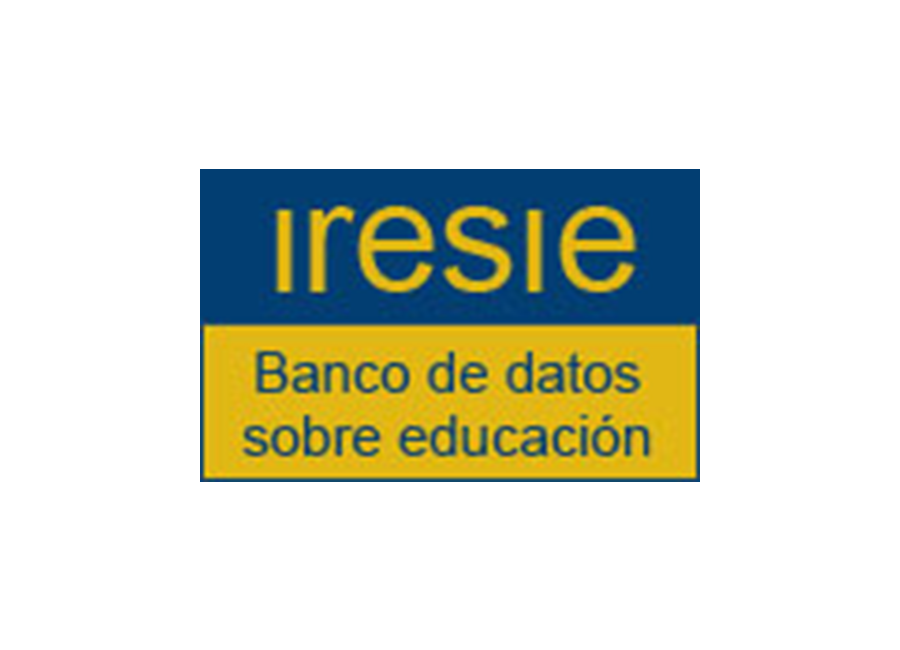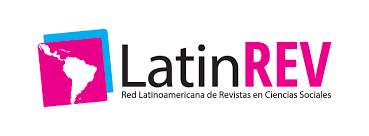Aportaciones a la educación transdigital
DOI:
https://doi.org/10.31391/S2007-7033(2022)0058-014Palabras clave:
educación transdigital, tecnología digital, aprendizaje híbridoResumen
La educación transdigital propone que hay una importancia simétrica entre lo humano y lo no humano al momento de aprender, que el aprendizaje no es una prerrogativa humana y el aprendiz siempre ha utilizado recursos para aprender. Esta perspectiva ofrece un panorama educativo con alcances fuera de los límites institucionales y cercano a la construcción personal del aprendizaje. Este trabajo ofrece aportaciones a la educación transdigital desde el análisis sobre la transversalidad que caracteriza la tecnología digital en la vida cotidiana. Estas aportaciones son resultado de una investigación documental que aborda antecedentes históricos, propuestas conceptuales, caracterizaciones, comparaciones y clasificaciones que sustentan la propuesta. Así, la educación transdigital observa que el aprendizaje ocurre de manera espontánea dentro de una red educativa cuando se asocian elementos humanos y no humanos. Por ello, el aprendiz sustenta cambios al contexto educativo a partir de la relación humano-tecnología digital y el residuo de esa asociación es el conocimiento. En este sentido, es necesario profundizar la discusión sobre la red educativa de asociaciones, el aprendizaje de lo no humano y la metodología de la educación transdigital.
Descargas
Citas
Black, L. (2019). A history of scholarship. En M. Grahame & W. Diehl (eds.). Handbook of Distance Education. Nueva York, EUA: Routledge. https://doi.org/10.4324/9781315296135
Brogan, P. (2008). E-learning standards. En S. Carliner & P. Shank (eds.). The e-Learning Handbook. Past promises, present challenges. San Francisco, CA: Pfeiffer.
Burbules, Ni. (2006). Rethinking the virtual. En J. Weiss, J. Nolan, J. Hunsinger & P. Trifonas (eds.). International Handbook of Virtual Learning Enviorenments. Dordrecht, Países Bajos: Springer.
Carliner, S. & Shank, P. (eds.) (2008). The e-Learning Handbook. Past Promises, present challenges. San Francisco, CA: Pfeiffer.
Díaz, J., Civís, M., Longàs, J. & López, A. M. (2010). The study of educative network organizations in the city of Barcelona, Spain: The Nou Barris District. En M. Lytras, P. Ordonez, D. Avison, J. Sipior, Q. Jin, W. Leal, L. Uden, M. Thomas, S. Cervai & D. Horner (eds.). Technology enhanced learning. Quality of Teaching and Educational Reform (pp. 50-54). Atenas, Grecia: Springer New York.
Dron, J. (2019). Independent learning. En M. Grahame & W. Diehl (eds.). Handbook of Distance Education (pp. 47-66). Nueva York, EUA: Routledge. https://doi.org/10.4324/9781315296135
Escudero-Nahón, A. (2021). Transdigital education. Conceptual cartography. The International Journal of Technologies in Learning, vol. 28, núm. 2, pp. 1-20. https://doi.org/10.18848/2327-0144/CGP/v28i02/1-19
Escudero-Nahón, A. (2018). Redefinición del “aprendizaje en red” en la cuarta revolución industrial. Apertura, vol. 10, núm. 1, pp. 149-163. https://doi.org/10.32870/Ap.v10n1.1140
Gourova, E., Asenova, A. & Dulev, P. (2013). Integrated platform for mobile learning. En D. G. Sampson, P. Isaias, D. Ifenthaler & J. M. Spector (eds.). Ubiquitous and mobile learning in the digital age. Nueva York, EUA: Springer New York. https://doi.org/10.1007/978-1-4614-3329-3
Grahame, M. & Diehl, W. (eds.) (2019). Handbook of Distance Education (4a. ed.). Nueva York, EUA: Routledge. https://doi.org/10.4324/9781315296135
Koper, R. (2005). Designing learning networks for lifelong learners. En R. Koper & C. Tattersall (eds.). A Handbook on modelling and delivering networked education and training. Berlín, Alemania: Springer Berlin Heidelberg. https://doi.org/10.1007/b138966
Larrión, J. (2019). Teoría del actor-red. Síntesis y evaluación de la deriva postsocial de Bruno Latour. Revista Española de Sociologia, vol. 28, núm. 2, pp. 323-341. https://doi.org/10.22325/fes/res.2019.03
Latour, B. (2008). Reensamblar lo social: una introducción a la teoría del actor-red. Buenos Aires, Argentina: Manantial.
Magoulas, G. D. & Chen, S. Y. (2005). Advances in Web-Based Education: Personalized Learning Environments. Hershey, PA: Information Science Publishing. https://doi.org/10.4018/978-1-59140-690-7
Mason, R. & Rennie, F. (2008). E-learning and social networking handbook: Resources for higher education. Nueva York, EUA: Routledge. https://doi.org/10.1111/j.1467-8535.2008.00925_7.x
Merriam-Webster (s.f.). Definition of handbook. Springfield, MA: Merriam-Webster. https://www.merriam-webster.com/dictionary/handbook
Paquette, G., De la Teja, I., Léonard, M., Lundgren-Cayrol, K. & Marino, O. (2005). An instructional engineering method and tool for the design of units of learning. En A handbook on modelling and delivering networked education and training. Berlín, Alemania: Springer Berlin Heidelberg.
Ping, J. & Macredie, R. D. (2005). Gender differences and hypermedia navigation: Principles for adaptive hypermedia learning systems. En G. Magoulas & S. Chen (eds.). Advances in web-based education: Personalized learning environments. Hershey, PA: Information Science Publishing. https://doi.org/10.4018/978-1-59140-690-7
Sampson, D. & Zervas, P. (2013). Context-aware adaptive and personalized mobile learning systems. En D. G. Sampson, P. Isaias, D. Ifenthaler & J. M. Spector (eds.). Ubiquitous and mobile learning in the digital age (pp. 3-18). Nueva York, EUA: Springer New York. https://doi.org/10.1007/978-1-4614-3329-3
Schunk, D. H. (2012). Teorías del aprendizaje (6ta. ed.). Estado de México, México: Pearson.
Shank, P. (2008). The contex for e-learning. En S. Carliner & P. Shank (eds.). The e-learning handbook. Past promises, present challenges. San Francisco, CA: Pfeiffer.
Shearer, R. & Park, E. (2019). Theory to practice in instructional design. En M. Grahame & W. Diehl (eds.). Handbook of Distance Education (pp. 260-280). Nueva York, EUA: Routledge.
Siemens, G. (2010). Conectivismo: una teoría de aprendizaje para la era digital. En R. Aparici (ed.). Conectados en el ciberespacio (pp. 77-90). Madrid, España: UNED.
Tan, Q., Liu, T.-C. & Burkle, M. (2013). Location-based environments for formal and informal learning: Context-aware mobile learning. En D. G. Sampson, P. Isaias, D. Ifenthaler & J. M. Spector (eds.). Ubiquitous and mobile learning in the digital age. Nueva York, EUA: Springer. https://doi.org/10.1007/978-1-4614-3329-3
Tobón, S. (2012). Cartografía conceptual: estrategia para la formación y evaluación de conceptos y teorías. Ciudad de México, México: CIFE.
Weber, A. (2013). Cloud Computing in education. En D. G. Sampson, P. Isaias, D. Ifenthaler & j. m. spector (eds.). ubiquitous and Mobile Learning in the Digital Age. Nueva York, EUA: Springer New York. https://doi.org/10.1007/978-1-4614-3329-3
Weiss, J., Nolan, J., Hunsinger, J. & Trifonas, P. (eds.) (2006). International handbook of virtual learning enviorenments (vol. 1). Dordrecht, Países Bajos: Springer.
Publicado
Número
Sección
Licencia
Derechos de autor 2022 Sinéctica

Esta obra está bajo una licencia internacional Creative Commons Atribución-NoComercial 4.0.

Esta obra está bajo una Licencia Creative Commons Atribución-NoComercial 4.0 Internacional.
Los autores que publican en Sinéctica están de acuerdo con los siguientes términos:
Los autores conservan los derechos de autor y otorgan a la revista el derecho de primera publicación de la obra autorizada simultáneamente bajo una licencia de atribución de Creative Commons, la cual permite a otros compartir el trabajo siempre y cuando se reconozca tanto la autoría de la obra como la publicación inicial en esta revista.
Los autores pueden celebrar acuerdos contractuales adicionales por separado para la distribución no exclusiva de la versión publicada de la revista (por ejemplo, publicarla en un repositorio institucional o en un libro), con el reconocimiento de su publicación inicial en esta revista.
Es permitido que los autores publiquen su trabajo en repositorios institucionales o en su propio sitio web antes y durante el proceso de envío, ya que puede generar intercambios productivos, así como una citación anterior y mayor del trabajo publicado.
Nota aclaratoria: A partir de 2017, Sinéctica se rige con base en la Licencia Creative
Commons Atribución-NoComercial 4.0 Internacional, versión que armoniza las licencias a nivel internacional.
Los artículos de 1992 a 2016 están bajo una Licencia de Creative Commons Reconocimiento-NoComercial-SinObraDerivada 4.0 Internacional, la cual permite compartir y distribuir una obra sin fines comerciales y con reconocimiento del autor, pero prohíbe modificar la creación original.



